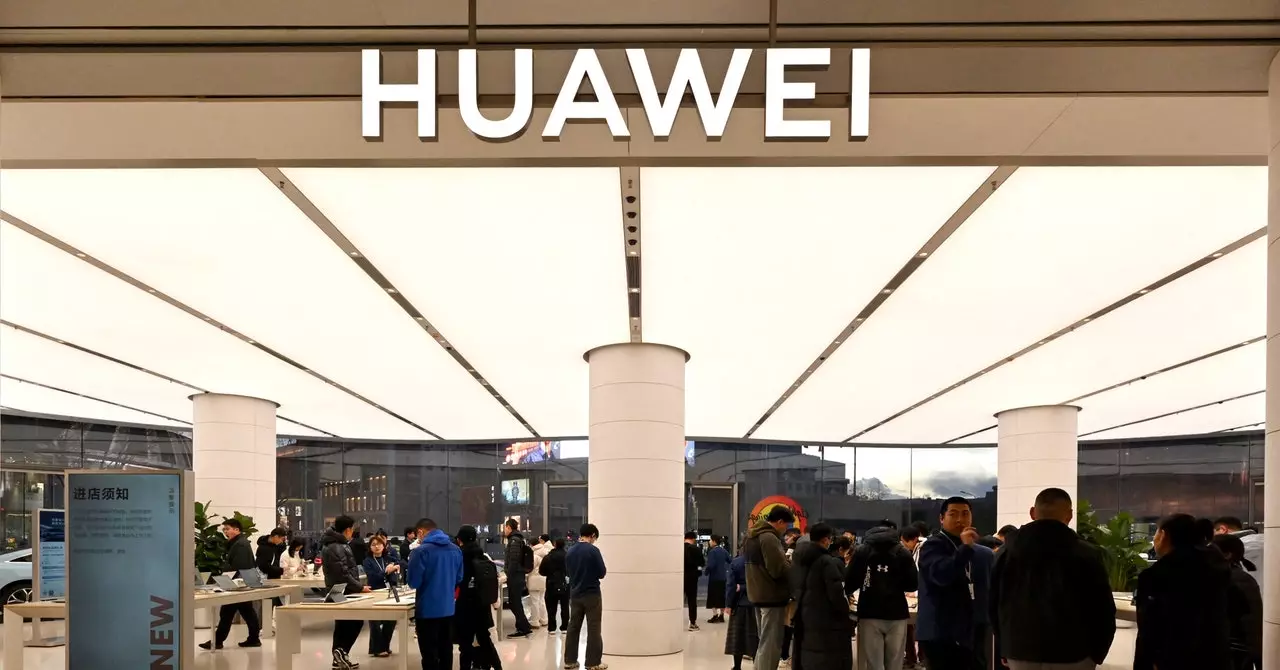In recent years, the U.S. government has implemented a series of stringent export controls aimed at inhibiting China’s development of advanced silicon technologies. These measures commenced during the Trump administration and were escalated under the Biden administration, targeting major Chinese companies involved in artificial intelligence (AI) and high-tech manufacturing. The overarching goal of these regulations is to stymie China’s ability to create competitive technologies, especially in semiconductor manufacturing. However, the effectiveness of these controls has been a subject of intense debate, as evident with Huawei’s recent developments.
Despite being severely impacted by U.S. sanctions five years prior, Huawei appears to have rebounded with innovative advancements, particularly in AI chip development. Reports indicate that Huawei has introduced its Ascend AI training chip to select customers including TikTok’s parent company, ByteDance. This suggests a resilience and ingenuity that many analysts didn’t anticipate, as the company utilizes home-grown technology to circumvent the restrictions that Western sanctions imposed. Furthermore, Baidu’s pivot from utilizing Nvidia’s chips to Huawei’s offerings reflects a broader trend in the Chinese tech ecosystem—an undeniable shift toward domestic manufacturing.
The rationale behind the U.S. export controls was primarily grounded in national security concerns and the desire to maintain technological superiority. However, these regulations inadvertently catalyzed a surge in China’s efforts to bolster its silicon manufacturing capabilities. The sanctions have arguably accelerated China’s push to innovate and produce its advanced chips, potentially leading to a self-reliant tech industry. Critics posit that by restricting access to U.S. technology, the U.S. government has fueled an impetus for Chinese companies to invest heavily in their own semiconductor manufacturing ecosystems, thereby undermining the goals of the export controls.
With China’s rapid advancements in sectors that are not hampered by export restrictions, such as electric vehicles and solar technologies, the landscape is shifting. In late 2023, Huawei’s launch of the Mate 60 smartphone, equipped with an advanced chipset from the Chinese firm SMIC, drew significant attention, highlighting the strides made in domestic technology. This advancement not only sparked concerns in U.S. political circles but also indicated a potential pivot in global tech power dynamics. If China continues on this trajectory, it could neutralize the effects of U.S. sanctions, thereby altering the competitive equilibrium in technology and manufacturing.
In analyzing the ongoing interaction between U.S. export controls and China’s burgeoning chip industry, it becomes evident that these prohibitive measures may unintentionally foster innovation rather than suppress it. While the export controls were primarily aimed at curbing Chinese technological capabilities, the narrative has morphed into one where resilience is met with ingenuity. As China continues to leap forward in semiconductor technology and other high-tech sectors, the outcome of these sanctions remains uncertain, reflecting a complex interplay of competition, innovation, and geopolitical strategy.

